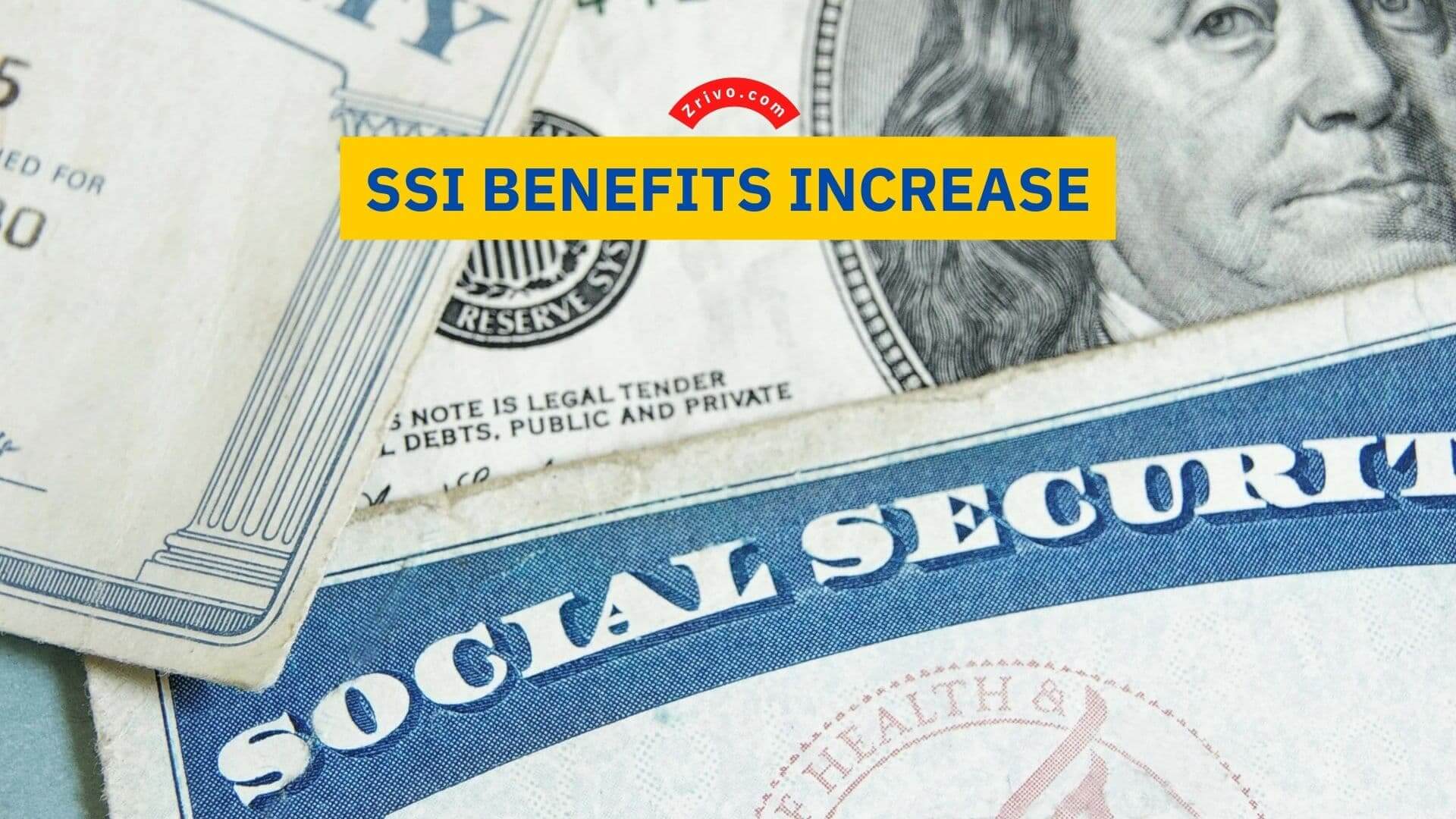
The Supplemental Security Income (SSI) program is a federal safety net program administered by the Social Security Administration. It pays monthly cash benefits to qualifying people with limited assets and income. It is intended to help individuals meet the basic needs of food, shelter, and clothing.
The SSI program began operations in 1974. During that year, Congress created a new system that eliminated state-by-state differences in disability and income requirements.
In addition, SSI payments are based on income and resources. You may receive a benefit of up to $783 per month if you are eligible. The benefit can be deposited into a bank account, or you may receive it via direct deposit.
Unlike Social Security retirement benefits, SSI does not require a person to have worked to earn the benefit. It is a needs-based program, meaning that a person’s income must be low. Almost everyone receiving SSI has limited resources.
What is the SSI Benefits Increase This Year?
In January, Social Security beneficiaries received a cost of living adjustment (COLA) increase. The amount varies, depending on the type of payment. A percentage increase in the Consumer Price Index (CPI) affects both SSDI and SSI recipients.
COLA is calculated using a mathematical formula, with the average percentage rise of the CPI-W in August, July, and September of the previous year added to the current CPI-W. It’s a way for recipients to stay up with inflation. This year, a 5.9% increase will be applied. This is the largest jump since 2009.
SSA announced that the annual benefit increases would be 8.7% in 2023. This will be the largest increase in over 40 years. The average retired person will see a monthly increase of $144, while a disabled worker can expect an increase of $76.